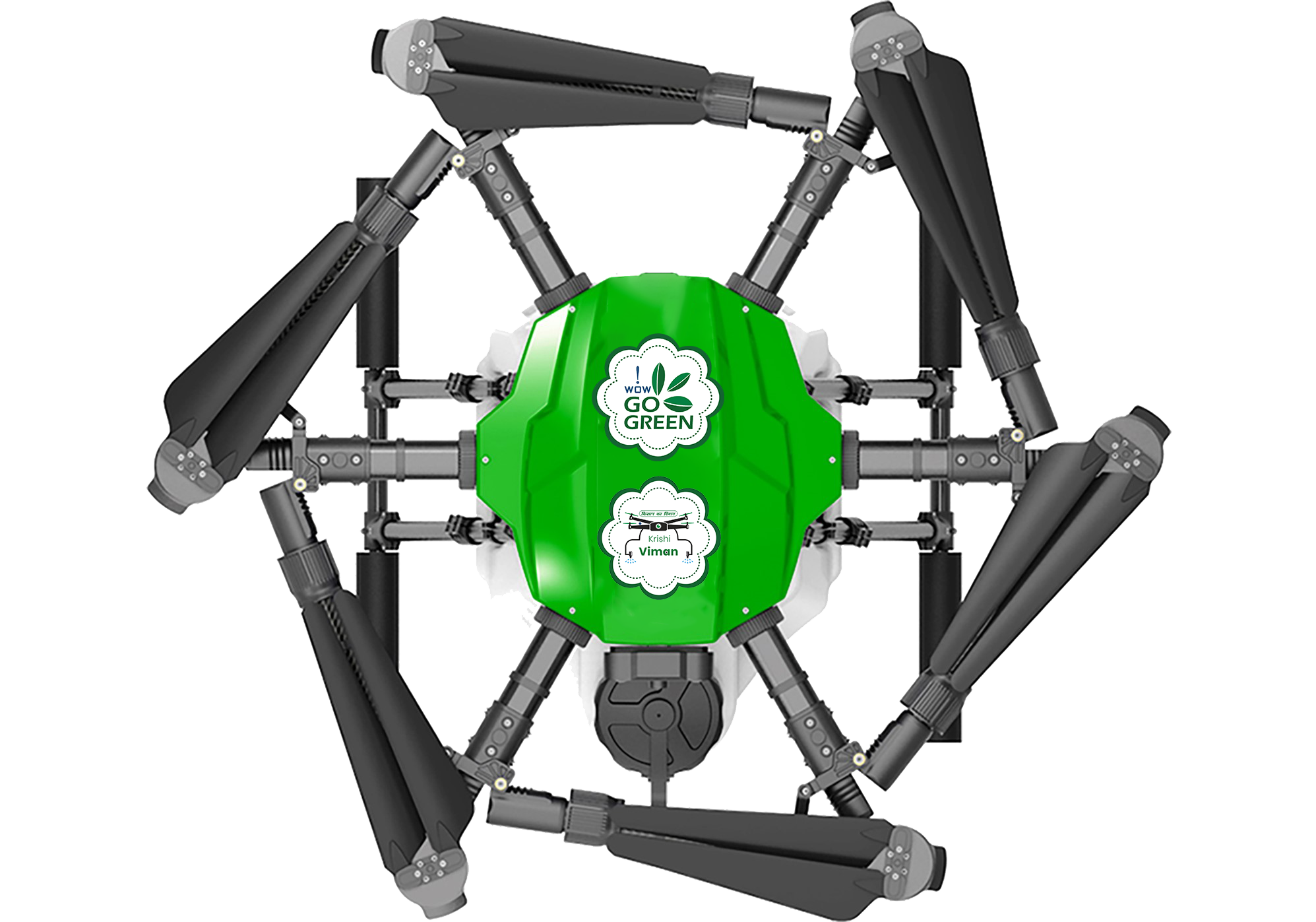Enhancing Farming Efficiency: Mapping and Surveillance with Agricultural Spraying Drones
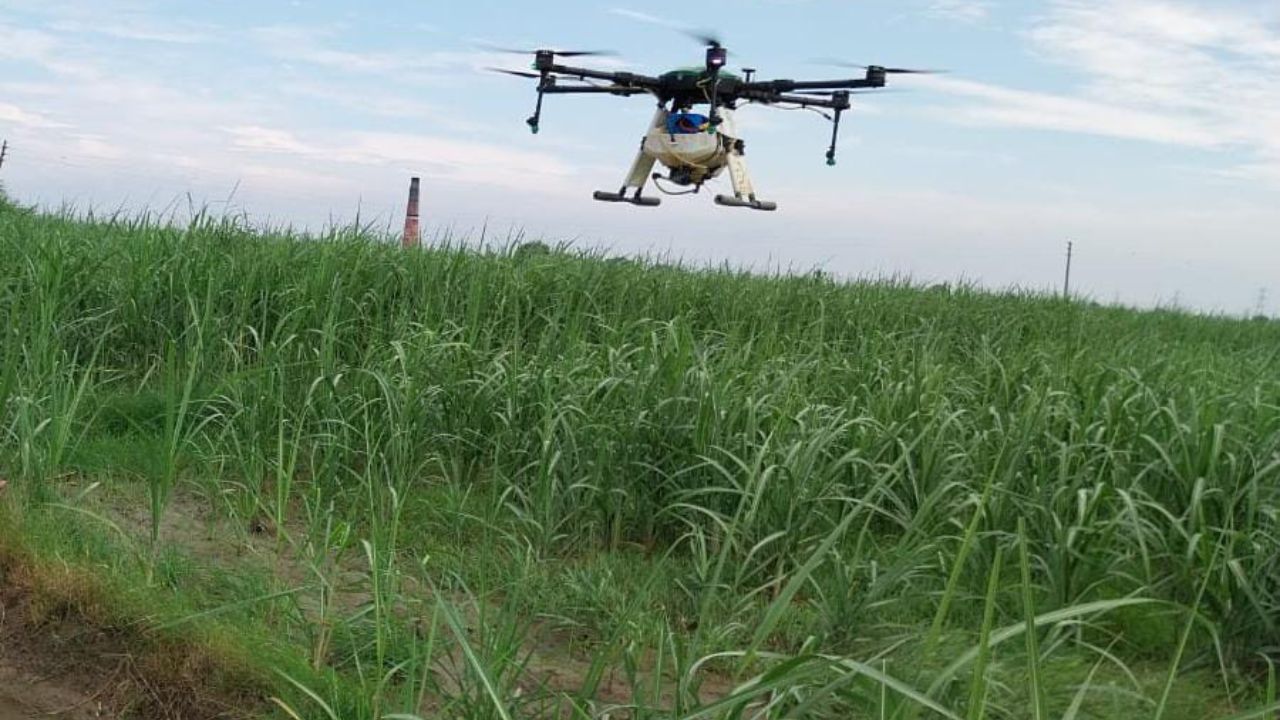
- By: krishiviman /
- 01-02-2024
In the dynamic landscape of modern agriculture, the integration of technology has become increasingly pivotal for enhancing efficiency and sustainability. Among the latest innovations making waves in farming practices is the utilization of agricultural spraying drones, commonly referred to as Krishi Viman in some regions. These drones are not only revolutionizing the way pesticides and fertilizers are applied to crops but also playing a crucial role in mapping and surveillance, offering farmers valuable insights for optimized decision-making.
Agricultural spraying drones represent a significant departure from traditional methods of crop spraying, which often involve manual labor or the use of large, cumbersome machinery. By contrast, these drones are equipped with advanced technology such as GPS, cameras, and sensors, enabling precise and targeted application of agricultural inputs. The ability to autonomously navigate through fields while accurately dispensing pesticides or fertilizers makes them a game-changer for farmers worldwide.
One of the key features that set agricultural spraying drones apart is their mapping capabilities. Equipped with high-resolution cameras and sensors, these drones can capture detailed aerial imagery of farmland, providing farmers with valuable insights into crop health, soil conditions, and pest infestations. By analyzing this data, farmers can create accurate maps that highlight areas requiring attention, allowing for more targeted and efficient management strategies.
Moreover, agricultural spraying drones serve as powerful tools for surveillance and monitoring in agricultural landscapes. Their ability to patrol fields and detect signs of crop diseases, pest outbreaks, or other abnormalities enables farmers to respond swiftly to emerging issues. Real-time data collected by drones empower farmers to make informed decisions, ultimately minimizing crop losses and maximizing yields.
The benefits of Krishi Viman extend beyond mere efficiency and precision. By optimizing the use of agricultural inputs and minimizing chemical usage, these drones contribute to sustainability in farming practices. Reduced chemical usage not only lowers production costs but also mitigates environmental impact, promoting eco-friendly farming methods.
Looking ahead, the future of agricultural spraying drones appears promising. As technology continues to evolve, drones are expected to become even more advanced, with longer flight times, higher payload capacities, and improved imaging capabilities. Moreover, regulatory frameworks and training programs will play a crucial role in ensuring the safe and responsible use of agricultural drones.
In conclusion, agricultural spraying drones, or Krishi Viman, are reshaping the agricultural landscape by offering farmers unprecedented levels of efficiency, precision, and sustainability. From mapping and surveillance to targeted application of agricultural inputs, these drones empower farmers to make data-driven decisions that optimize yields while minimizing environmental impact. As adoption rates continue to rise and technology continues to evolve, agricultural spraying drones are poised to become indispensable tools in the modern farmer's arsenal, driving productivity and sustainability in agriculture for years to come.
Q1 - What are agricultural spraying drones, and how do they benefit farming?
Answer- Agricultural spraying drones, also known as Krishi Viman, are unmanned aerial vehicles equipped with advanced technology to precisely apply pesticides, fertilizers, and other agricultural inputs. They benefit farming by improving efficiency, reducing labor and chemical usage, and enabling targeted intervention for healthier crops and higher yields.
Q2- How do agricultural spraying drones contribute to sustainable farming practices?
Answer- By optimizing the application of agricultural chemicals, agricultural spraying drones minimize waste and environmental impact. Their precise targeting reduces the amount of chemicals needed, promoting eco-friendly farming practices and contributing to the sustainability of agricultural operations.
Q3- What capabilities do agricultural spraying drones have beyond spraying?
Answer- Beyond spraying, these drones are equipped with high-resolution cameras and sensors for detailed aerial mapping and surveillance. They provide farmers with insights into crop health, soil conditions, and pest infestations, enabling informed decision-making and efficient management strategies.
Q4- What does the future hold for agricultural spraying drones in agriculture?
Answer- The future of agricultural spraying drones looks promising with advancements in technology expected to enhance their capabilities further. Improvements in flight times, payload capacities, and imaging capabilities, coupled with evolving regulatory frameworks and training programs, will ensure their safe and effective use, solidifying their role as indispensable tools in modern agriculture.
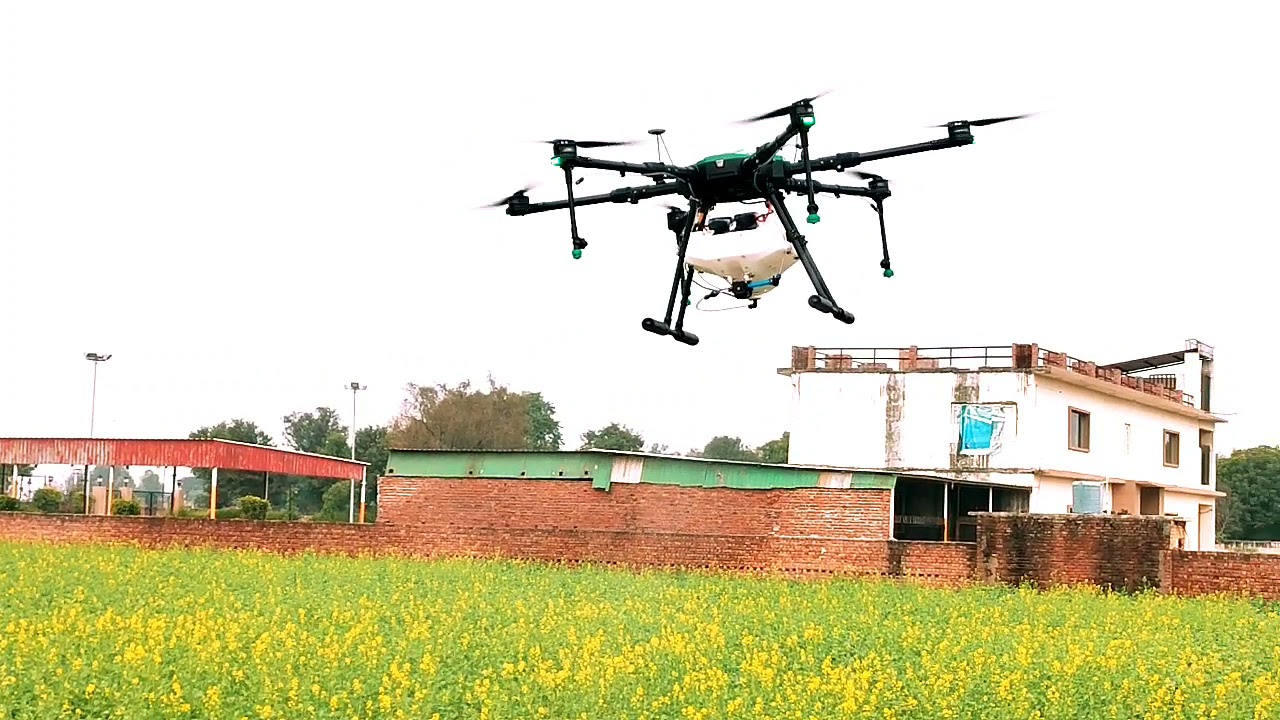
Revolutionizing Indian Agriculture: The Emergence of Drone Technology in Farming Practices
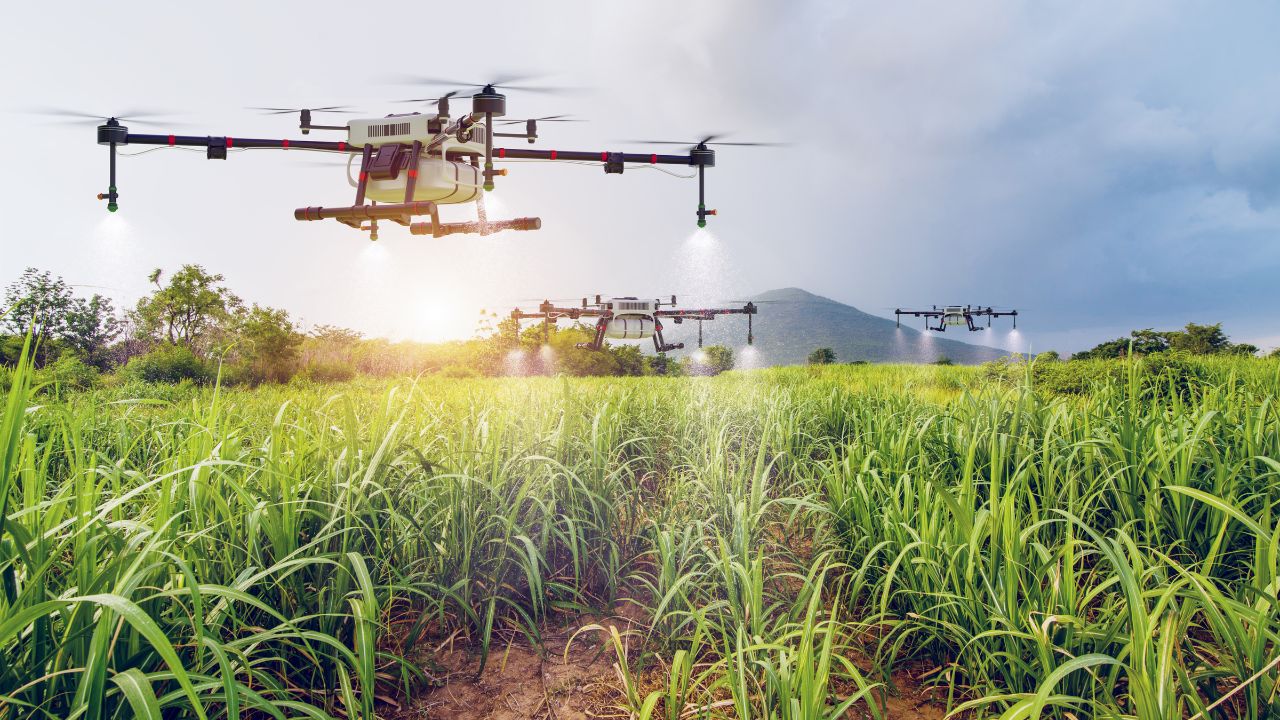
Importance of Drone Technology in Indian Agriculture and Farming Introduction
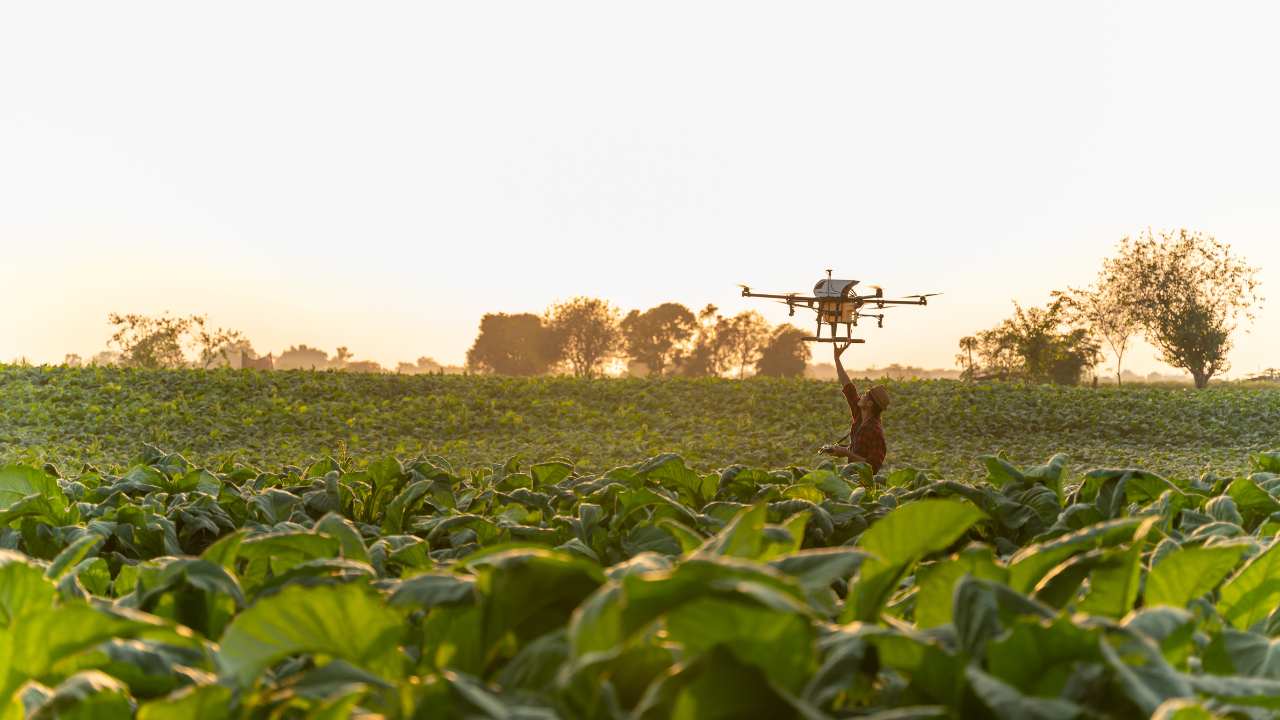
Revolutionizing Indian Agriculture: Krishiviman's Pioneering Drone Technology
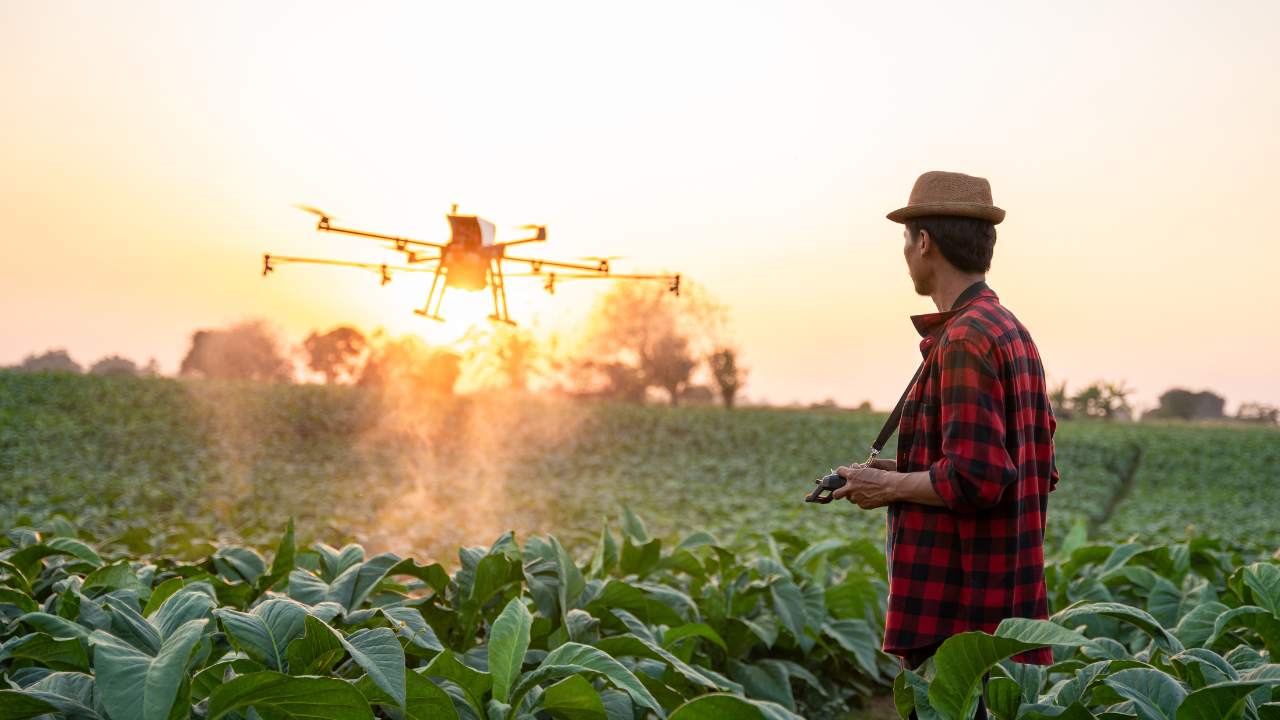
Transforming Farming: How Agricultural Drones are Solving Key Challenges in Agriculture
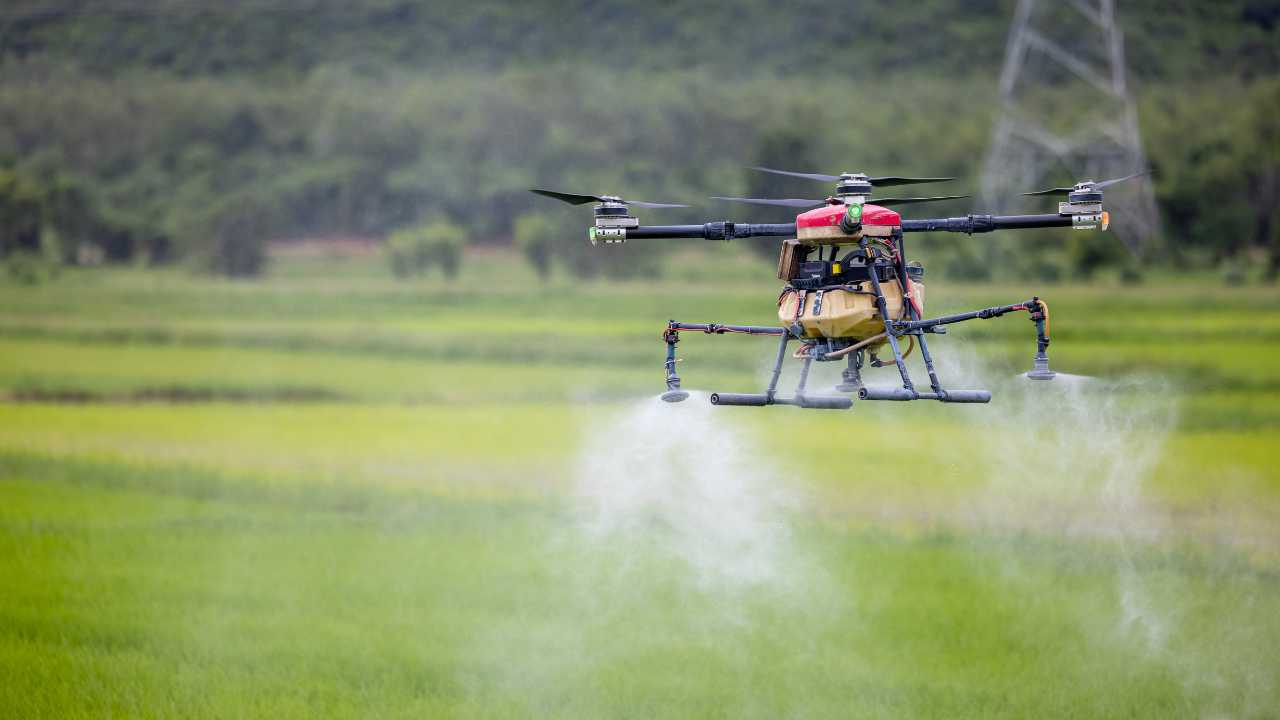
Innovative Uses for Drones in Agriculture
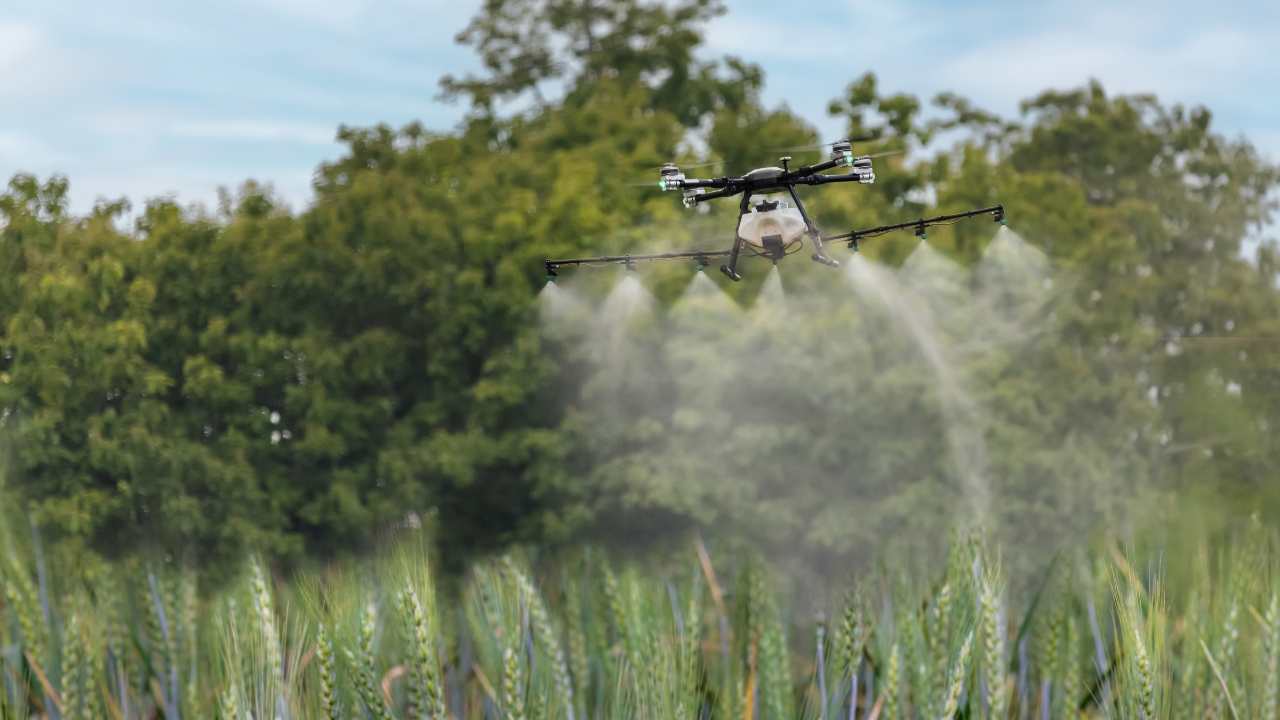
Applications of Drones in Precision Agriculture
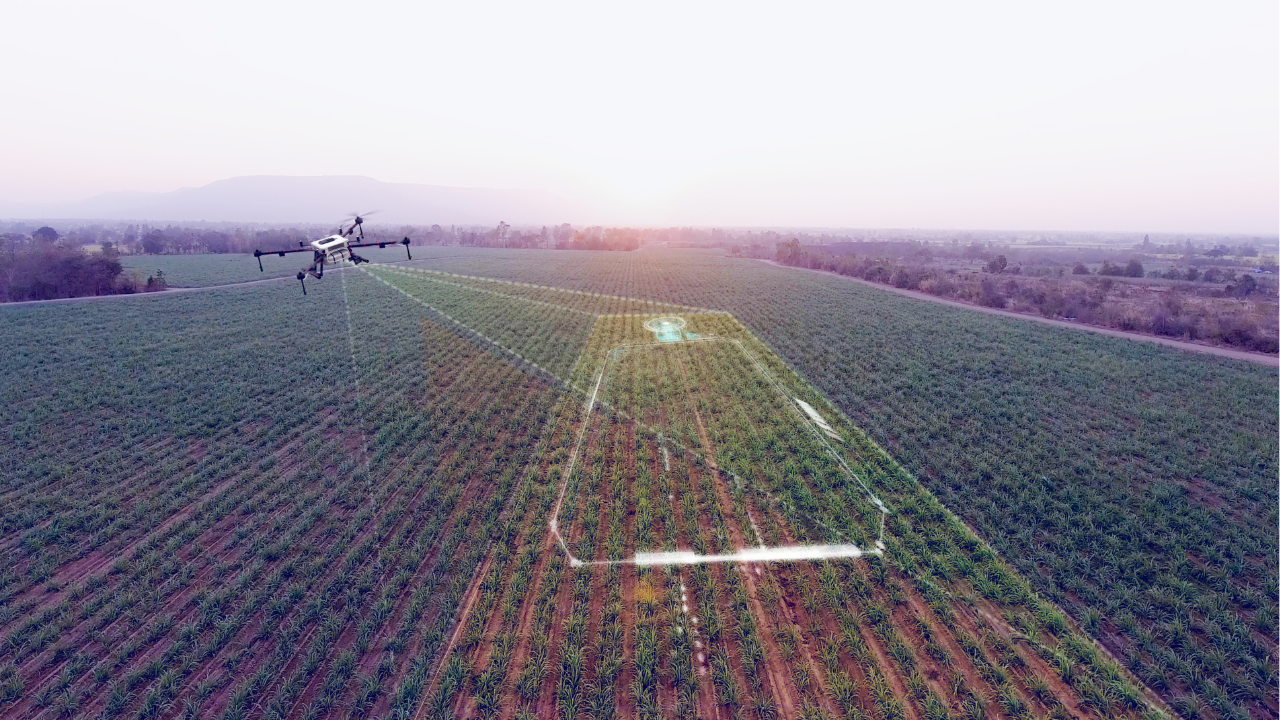
The Transformative Impact of Drones in Indian Agriculture Introduction
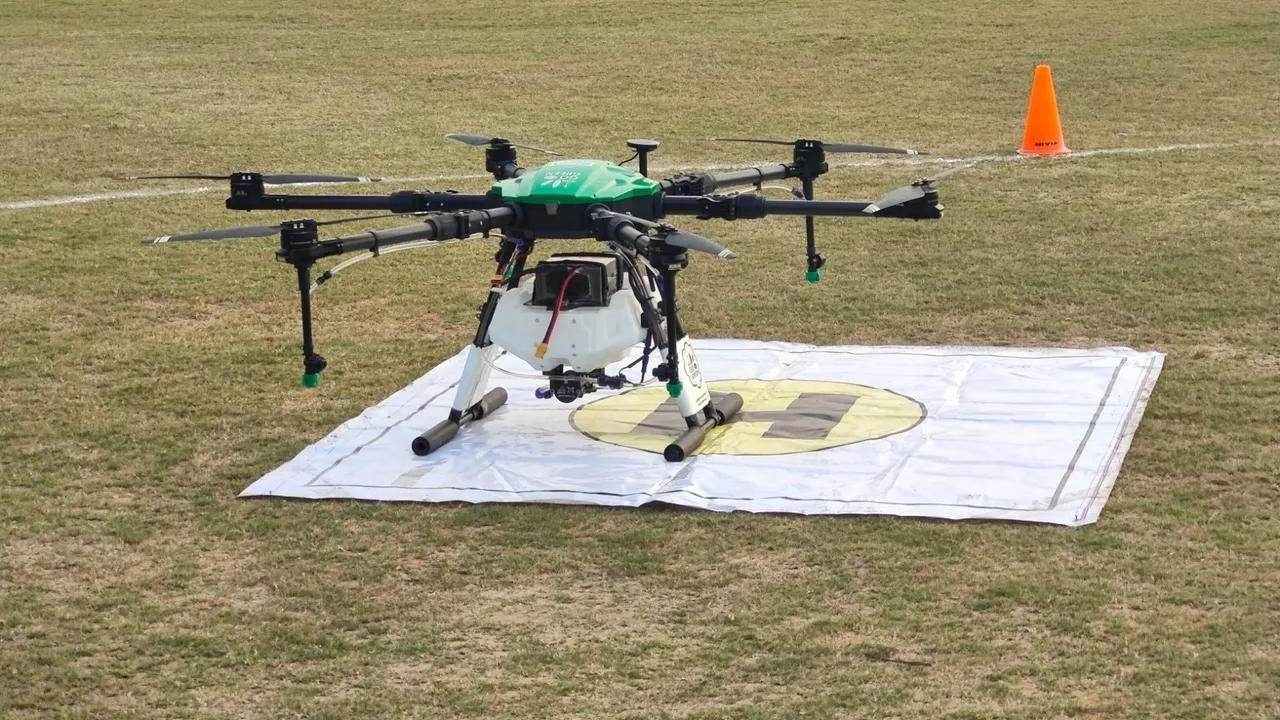
The Revolution of Agriculture Drone Spraying in India: Profitability, Efficiency, and Investment
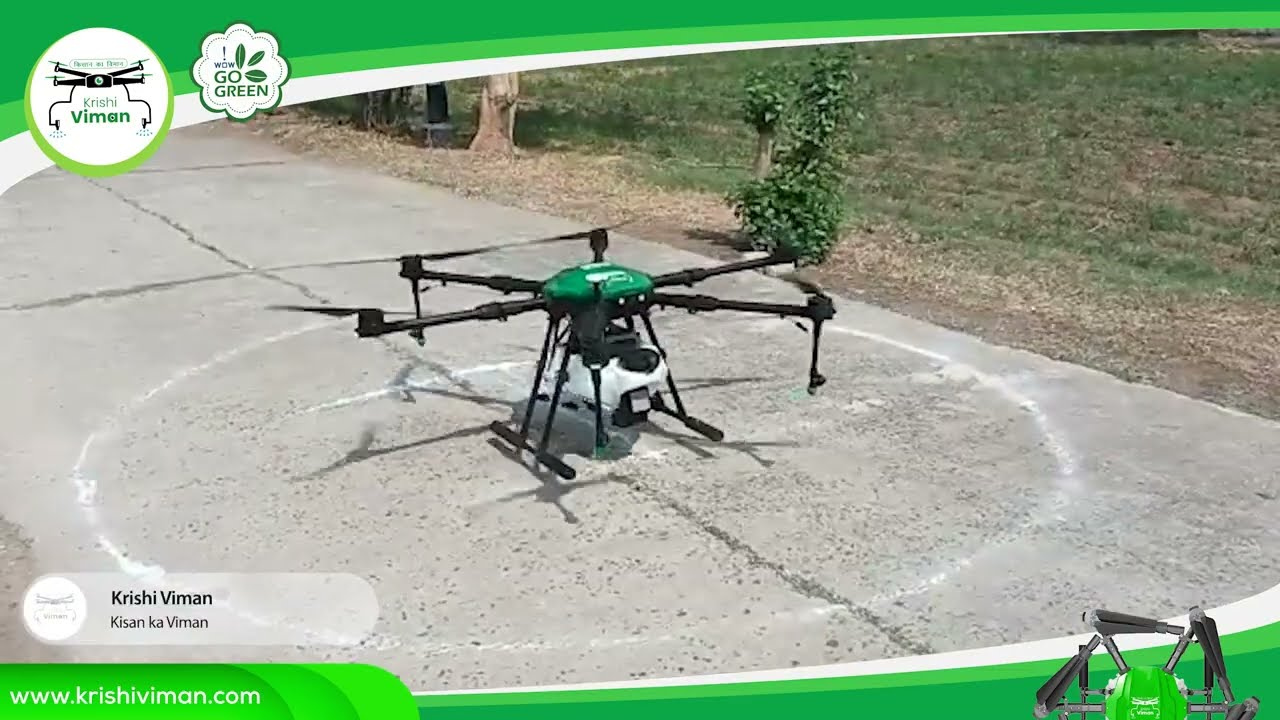
Exploring Cost-Effective Drone Solutions for Indian Agriculture: A Review of Krishiviman.com Offerings
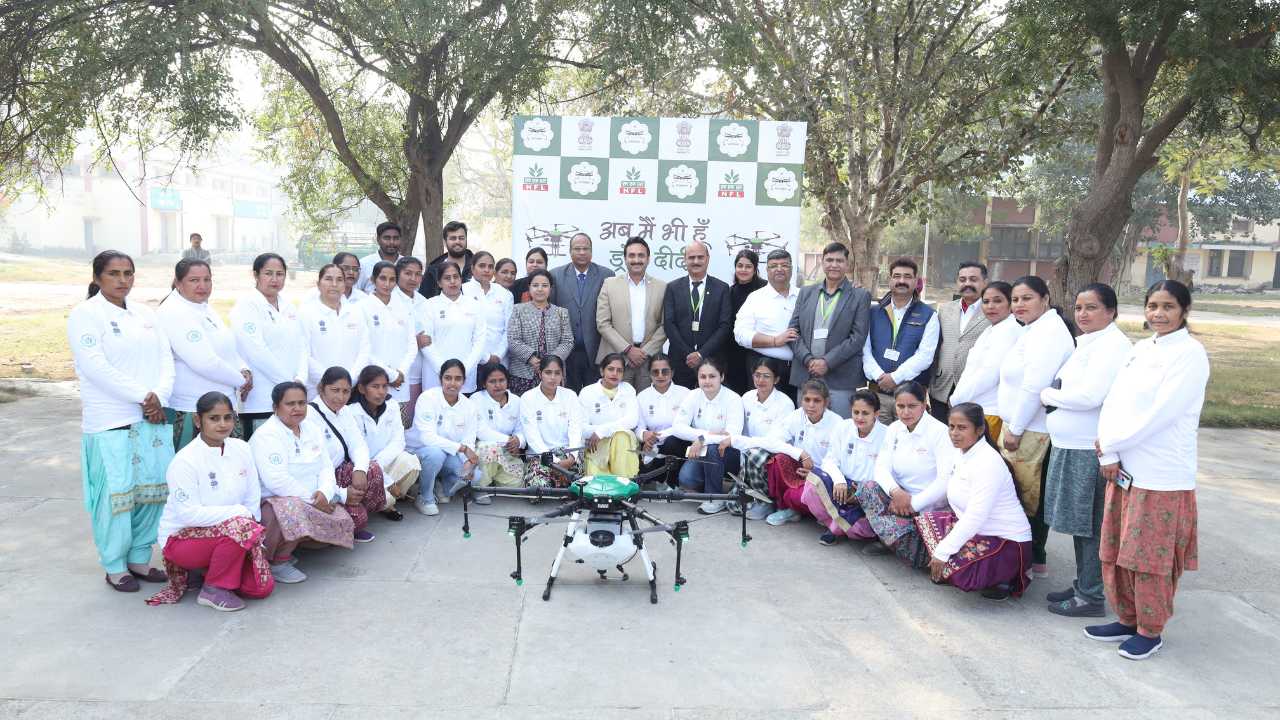
Unleashing Potential: RPTO Drone Training in Indian Agriculture
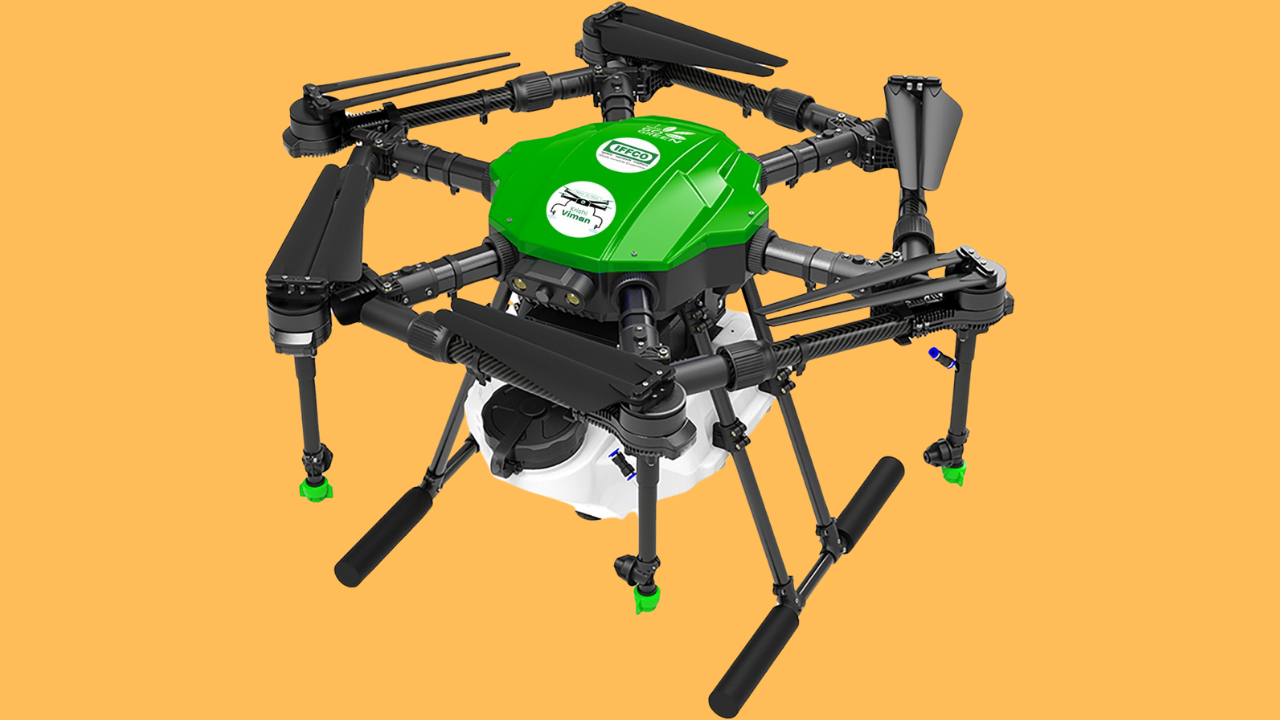
How to Use and Maintain the Agricultural Spraying Drone Battery
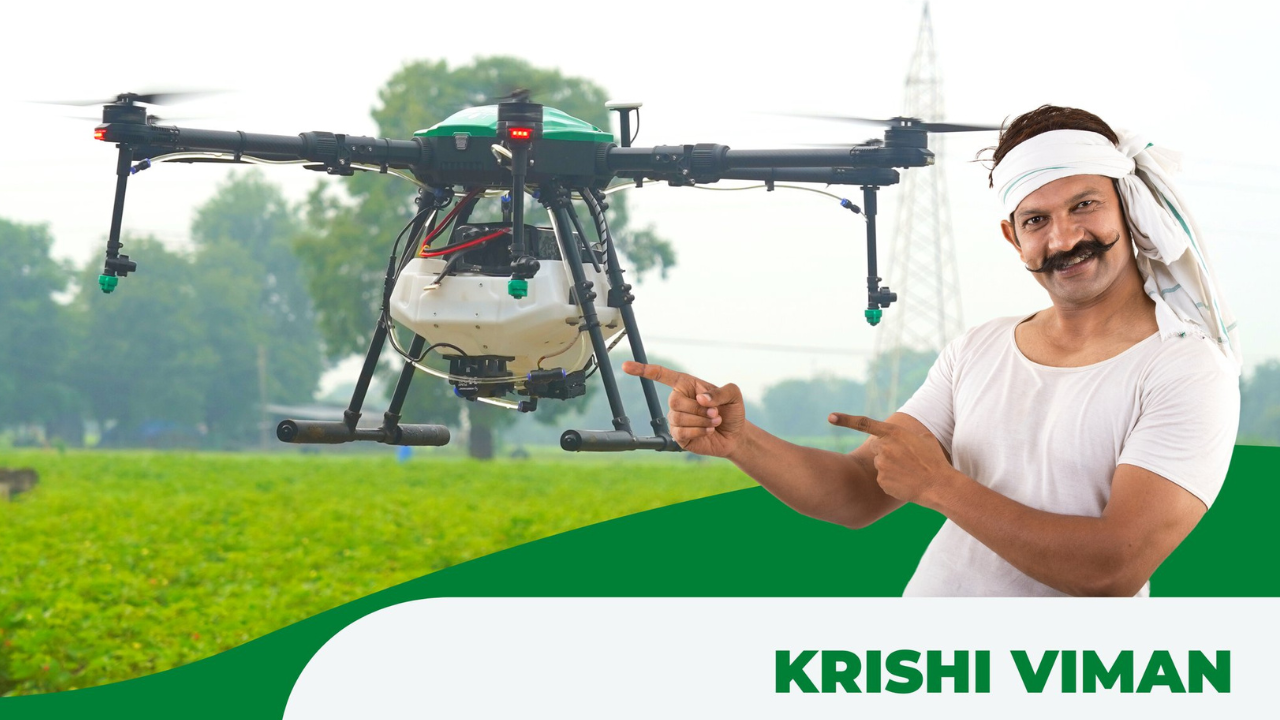
Cost-Benefit Analysis: Is Investing in Agricultural Drones Worth it for Indian Farmers?
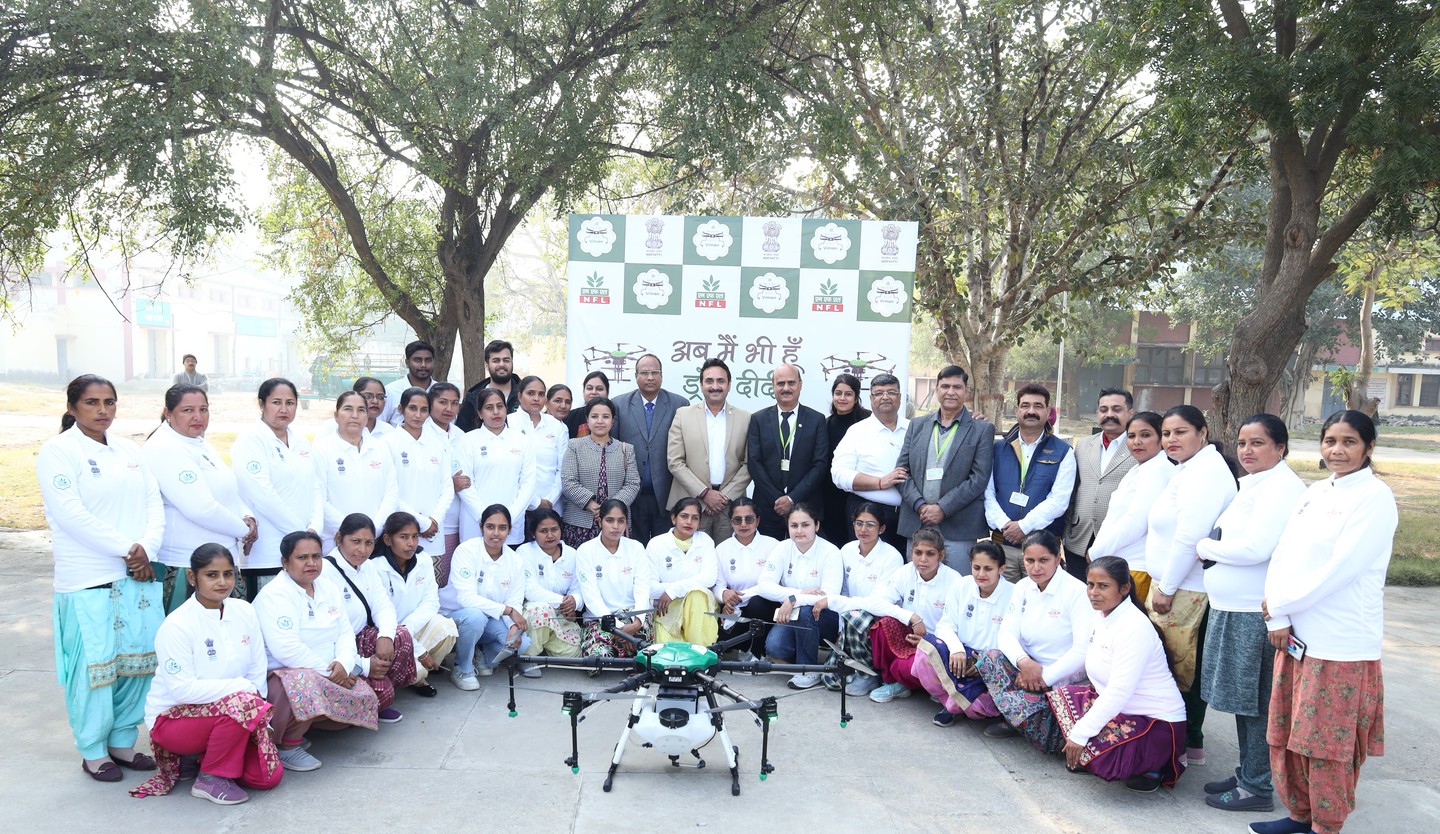
Krishi Viman: Pioneering Women's Empowerment in the Agricultural Drone Segment
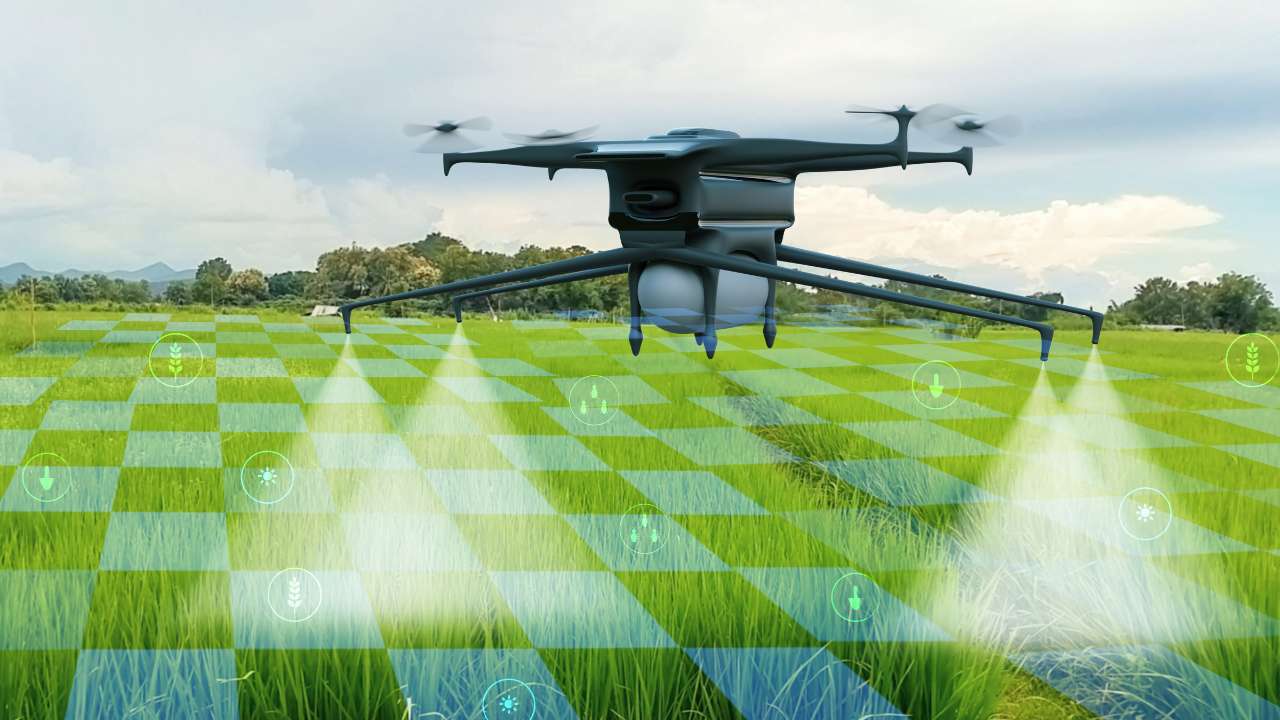
How Krishi Viman are Transforming Indian Agriculture
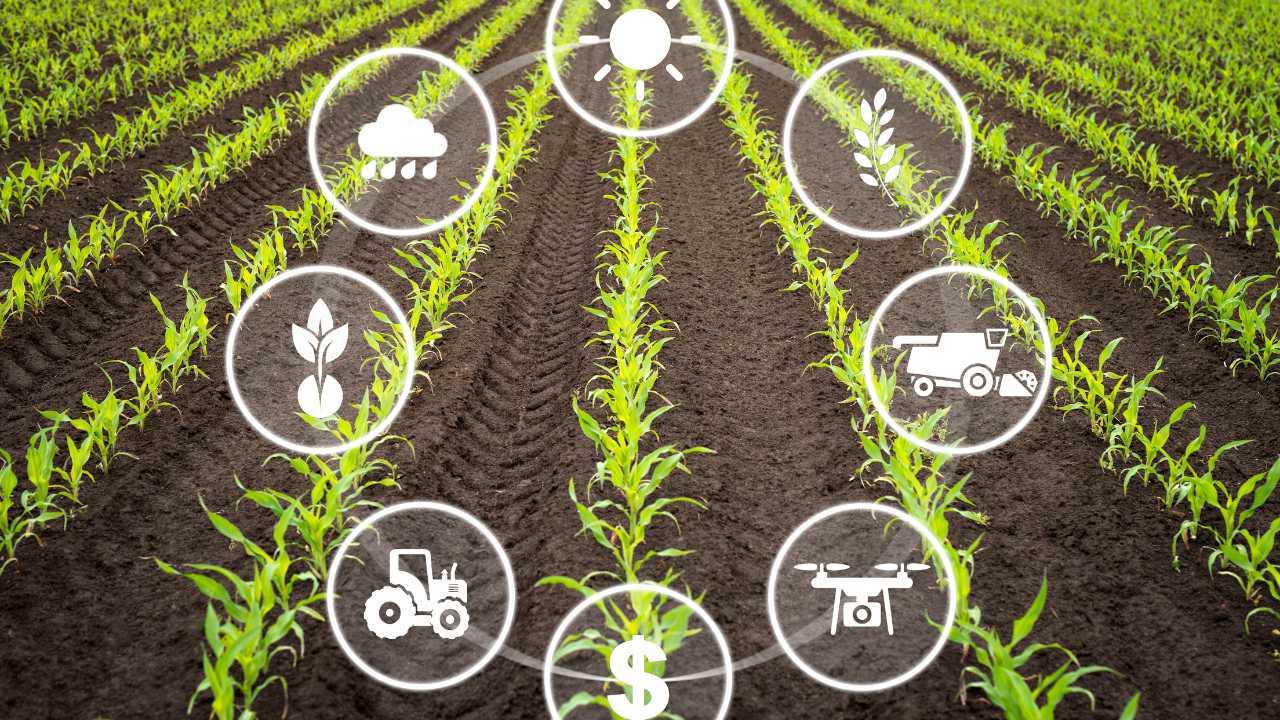
The Future of Flight: What's Next for Agricultural Drones in India?
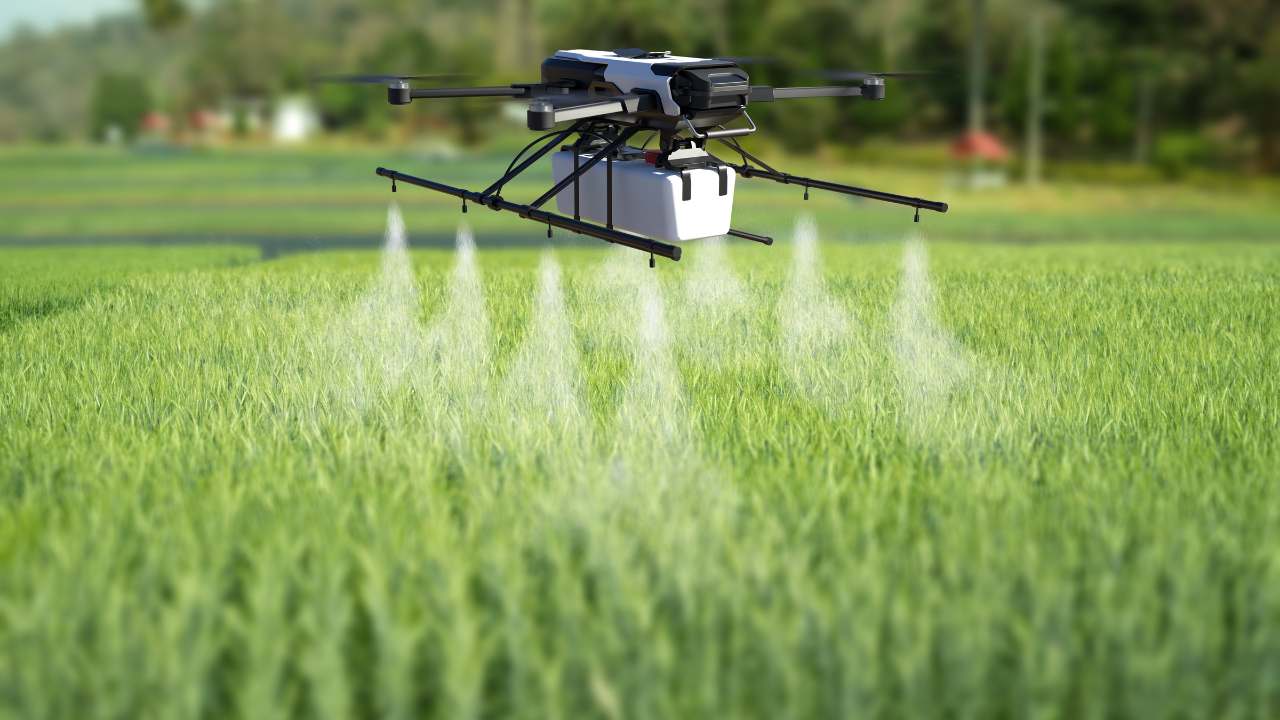
The Potential of Agricultural Drones to Improve Crop Yields and Farmer Livelihoods in India
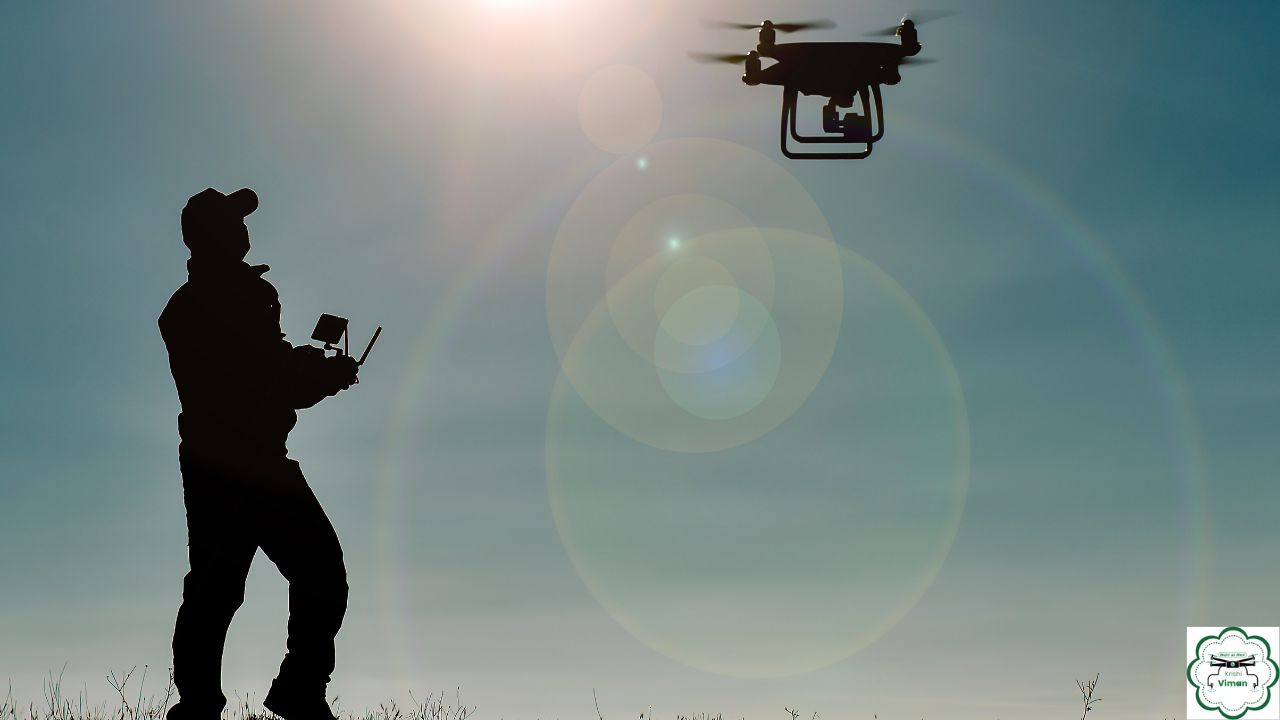
Revolutionizing Farming Practices: The Rise of Agricultural Krishi Viman for Spray Purpose


